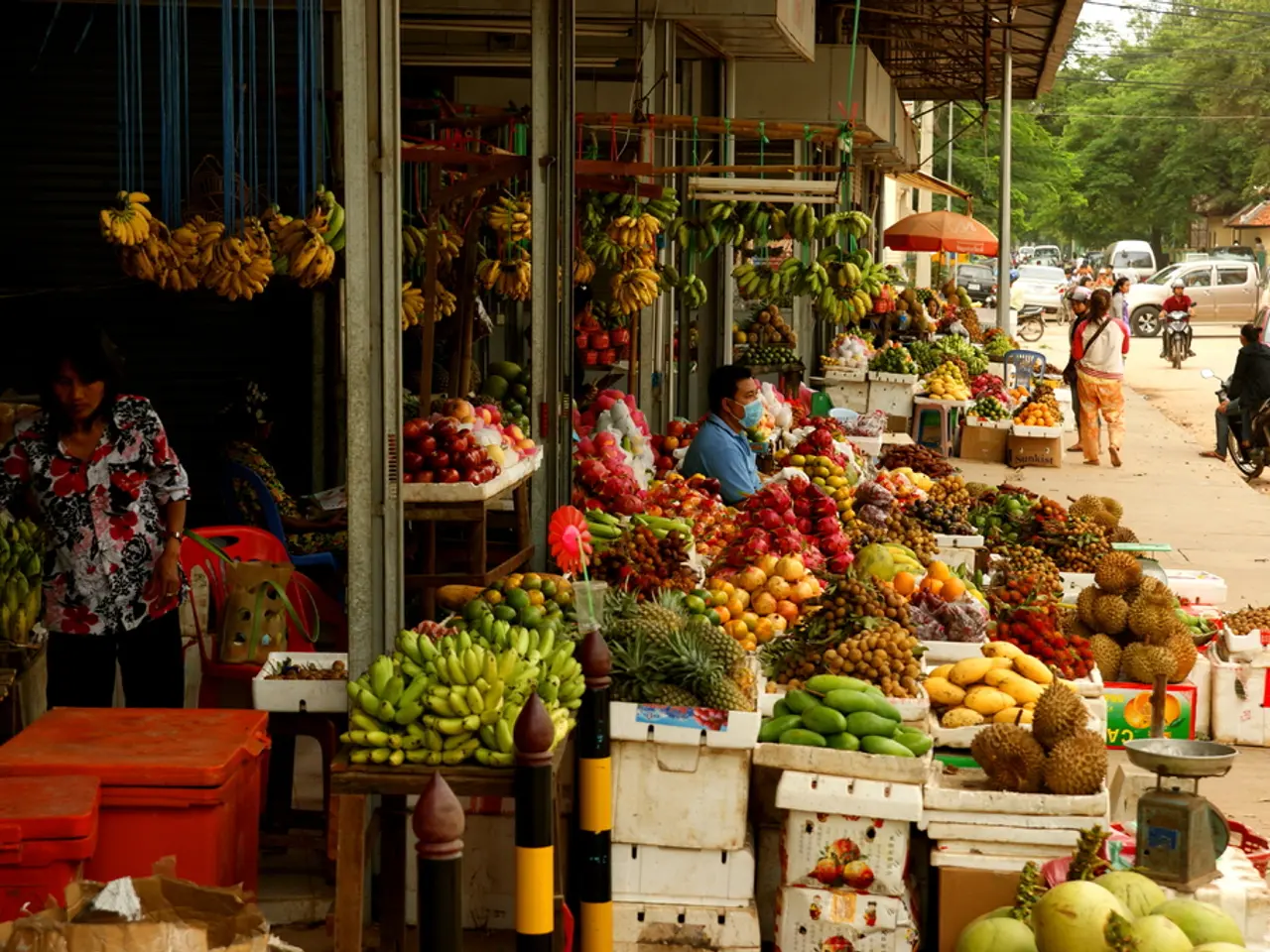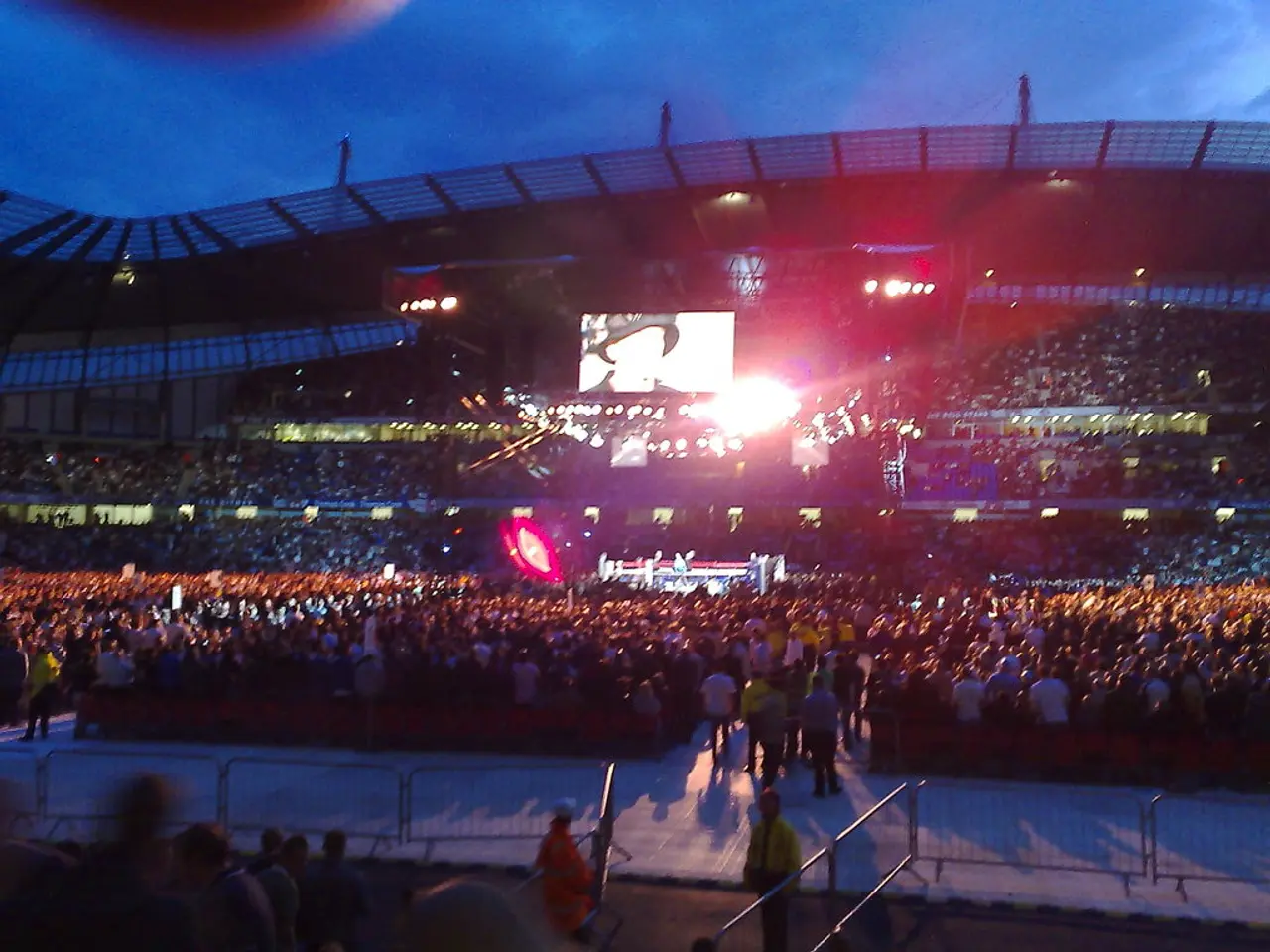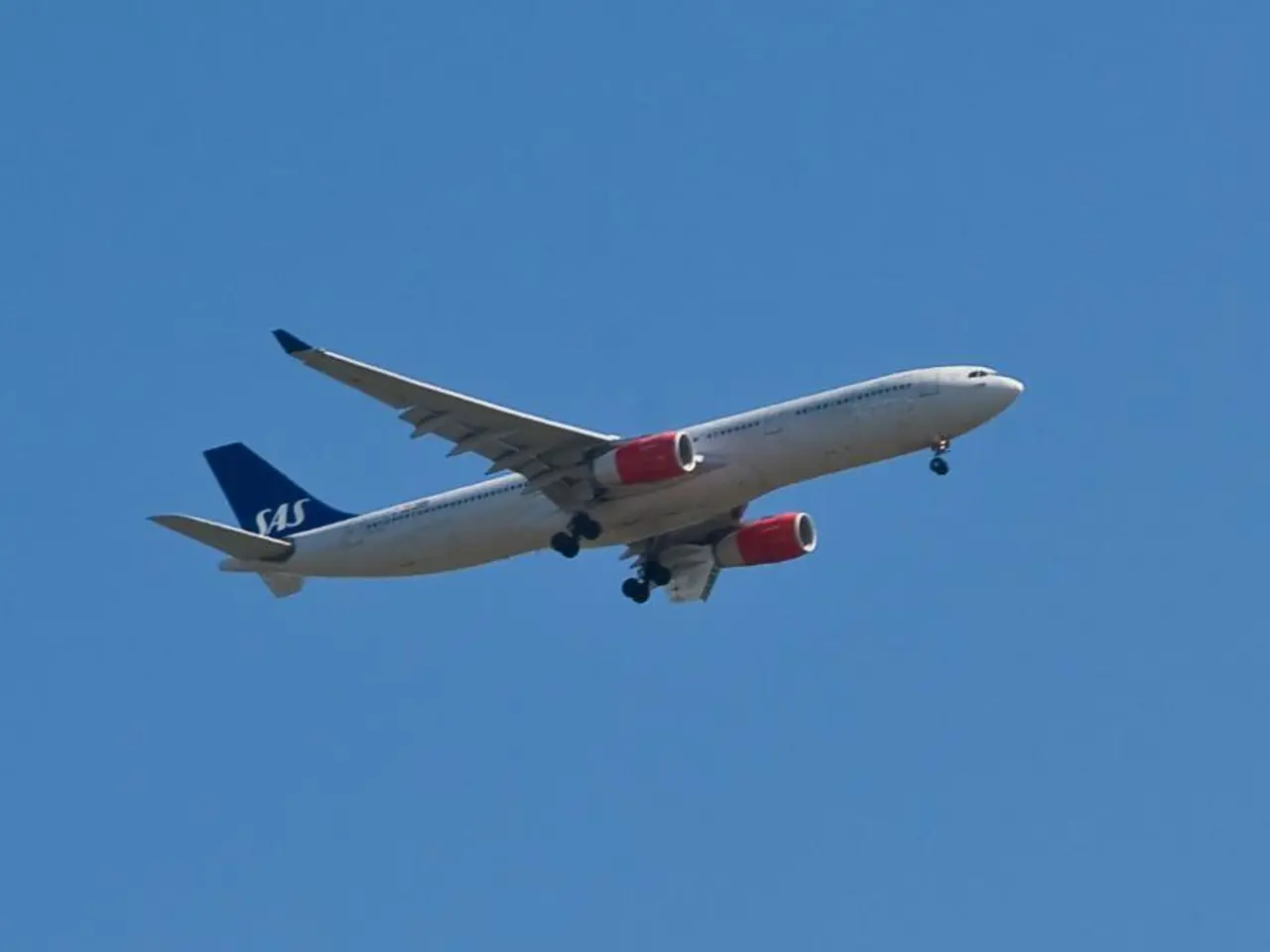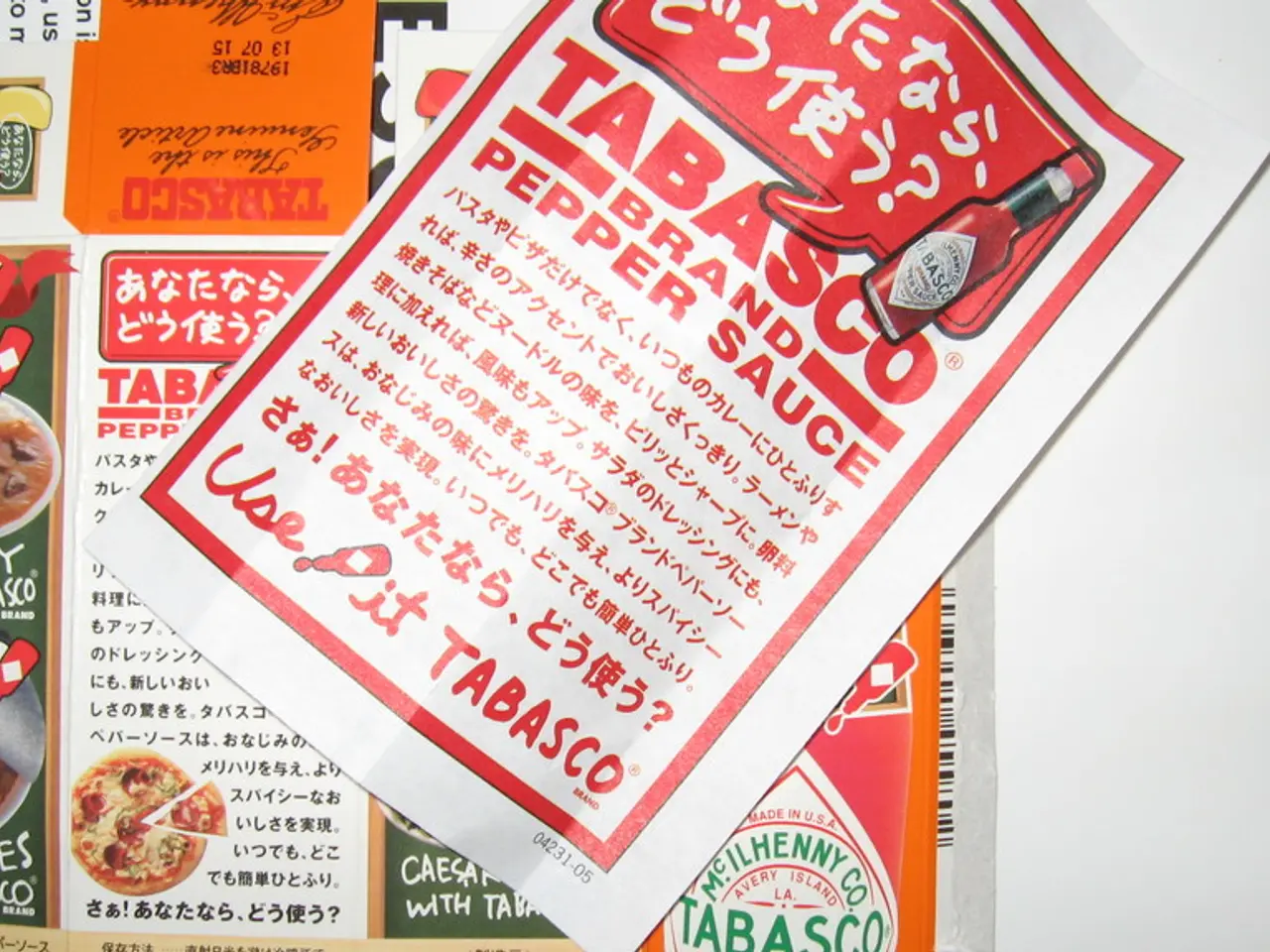Unraveling the Cost Conundrum in Product Snapshots: The Role of Image Complication in Determining Prices
Product photography plays a crucial role in showcasing products online, but the cost can vary significantly depending on several factors. Here are some key elements that influence the price of product photography:
## Type of Product
### Complexity
Complex products, such as fashion items that require modeling or high-tech gadgets, often necessitate more intricate setups, which can increase the cost of photography.
### Size and Logistics
Larger products, like furniture, or those requiring special handling, may incur higher costs due to transportation and setup needs.
## Product Particulars
### Number of Images Needed
The cost can rise with the number of images required for each product, as more images may necessitate additional time and resources.
### Product Variations
Photographing multiple variations of the same product, such as different colors or sizes, can add to the cost.
### Special Requirements
Products that demand specific backgrounds, lighting, or styling can increase costs.
## Extra Considerations
### Location and Studio Rental
Renting a studio or shooting on location can add significant costs compared to using in-house facilities.
### Equipment and Expertise
High-end equipment, like professional cameras and lighting, along with specialized expertise, such as stylists or models, can drive up costs.
### Post-Production Editing
Extensive editing requirements, such as retouching or creating composite images, can increase the final cost.
### Licensing and Rights
Securing usage rights for images can add to the overall expense, especially if the images are intended for advertising or commercial use.
## Technological Alternatives
### AI-Generated Images
Using AI to stage product photos can significantly reduce costs and time, as it eliminates the need for physical shoots and can produce multiple variations quickly.
### In-House Photography
Setting up an in-house photography studio can be cost-effective in the long run, especially for businesses with a high volume of product photography needs.
## Market and Competition
The cost can also be influenced by the competitive landscape and market rates for photography services in your region.
In summary, the cost of product photography can vary widely based on the complexity of the product, specific shoot requirements, and whether traditional or AI-based methods are used. Bulk photography, while potentially more economical, takes more time and effort, which can impact the final price. Complex shots often need advanced editing, color correction, and retouching, raising the overall cost of product photography. Smaller items like jewelry may require macro photography, increasing the price. The number of products being photographed affects the price, with more items leading to greater complexity. 360-Degree Photography requires specialist gear and editing abilities, raising the product photography price.
- Due to the intricate setups required for complex products like fashion items or high-tech gadgets, technology plays a significant role in increasing the cost of product photography.
- AI-generated images, a technological alternative, can significantly reduce costs and time in product photography, as they eliminate the need for physical shoots and can produce multiple variations quickly.




